The Empty Cinema
Bruno Humberto«In cinema there are two things: there’s the reel in the booth and there’s the screen where the reel is shown. The reel in the booth is in an eternity that is for now, for later and for yesterday, that is for all time. And we can even imagine a scientific process so perfect that the whole film is not in a reel, but in a point. That is, a point in the eternal. That is the source of the film. Then there are phenomena that take that thing onto the screen, and we look at it for two hours. It may be that in the world everything happens because it is all in the absolute.»
Agostinho da Silva, Ir à Índia sem abandonar Portugal. Lisbon: Assírio e Alvim, 1994, p. 37.
–
We are at ECMA (Ex Cinema Mele Aperto) in Pizzo, Calabria, southern Italy, in preparation for the residence We only want the intangible. Throughout this week, an interdisciplinary group of artists will produce new work inspired by the sense of 'urgency' present in this place and in each of their artistic practices. A collaboration towards the grasping of what presents itself as intangible, on the horizon of each participant’s understanding (the theme of intangibility will be explored on several fronts in the coming articles). This time, we are interested in looking at the space that serves as the island for this investigation.
The garden of wonders
Francesco Mele began his project at another location in Pizzo, at the end of the 40s, with a popular space named Giardino della Meraviglie (Garden of Wonders). Here, outdoor movies were projected and a dance floor was, from time to time, open to improvised dances to the sound of discs played in phonographs. In this garden, with the Mediterranean in sight, an entire community came together to chat, to strike up romances, and these events where always packed full. However, after some years, Mele was 'invited' to close down the space, when the local authority made plans for a road that would pass through that same place.
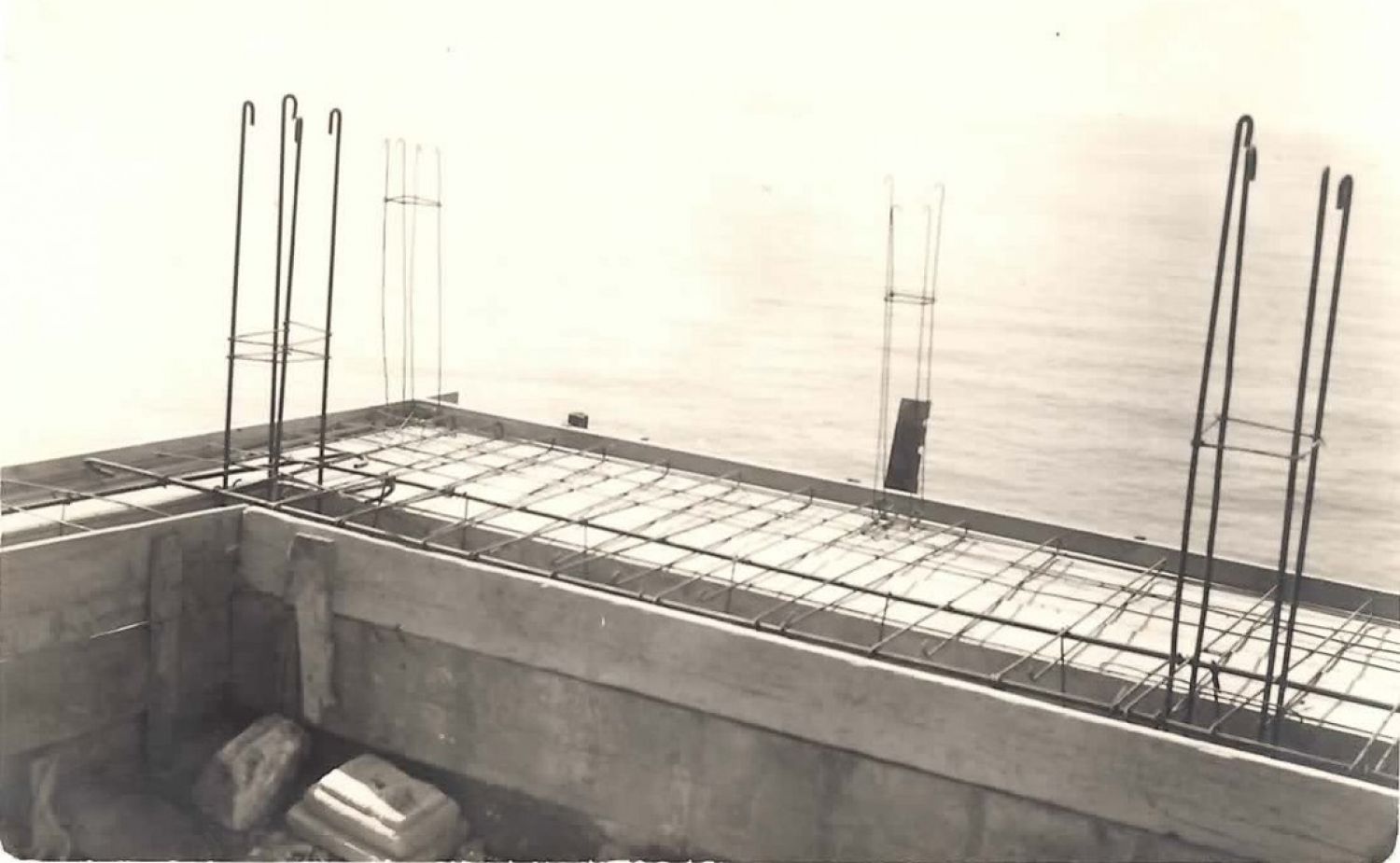
He decided to choose another location for the cultural giardino – this time a strategic location in the city would be needed, one where no road could be built and able to survive the political and urban changes that were underway in post-war Pizzo. He chose an area formerly inhabited by fishermen. With this selection he captured the genius loci of the place: facing the sea, perched on a cliff, with a castle to the left, a church to the right and its back protected by the historic city centre. Here was born, in the early 50s, the second version of the Giardino della Meraviglie, where a 'pista a ballo' (for dancing) was installed and whose traces are still visible today.
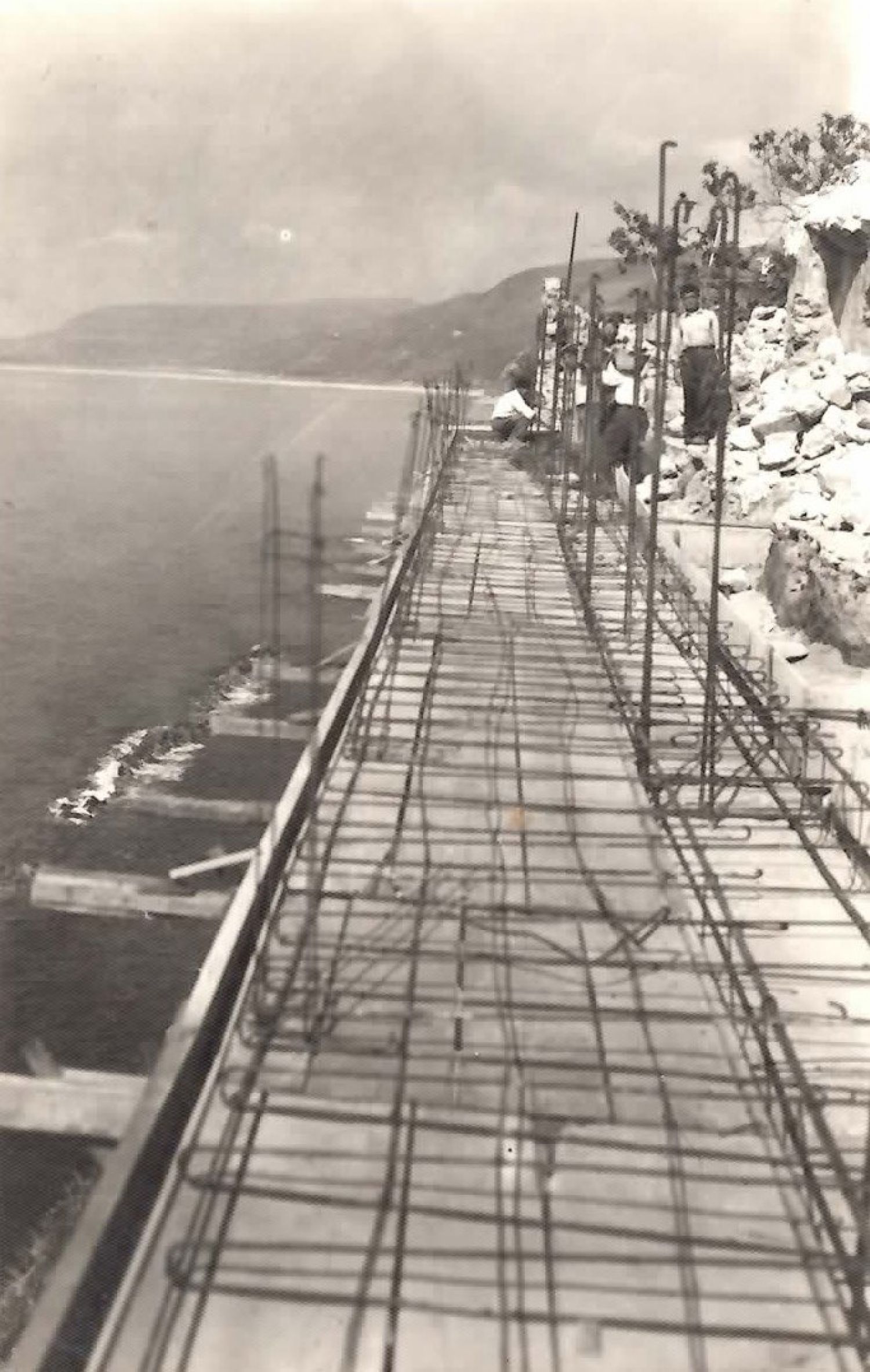
Mele then decided to build a cinema in this place, and construction was carried out between 1956 and 1960. The Cinema Theatre Mardiana (named in honor of the then Mayor Diana Musolino) opened in September 1960, and later on comes to be called, Cinema Mele.
Cinema Mele
This building, conceived by the engineer Francesco Mele, was built where once stood the walls that were part of the Pizzo fortification. Part of this structure still exists behind the screen, around and under the cinema theatre. Mele developed a modern design for its time, of simple lines, taking into account the relations between light, shadow and darkness – the cinema theatre was built partly as a cave (the rock was literally dug, moving the screen into the ground) and partly as a fort.
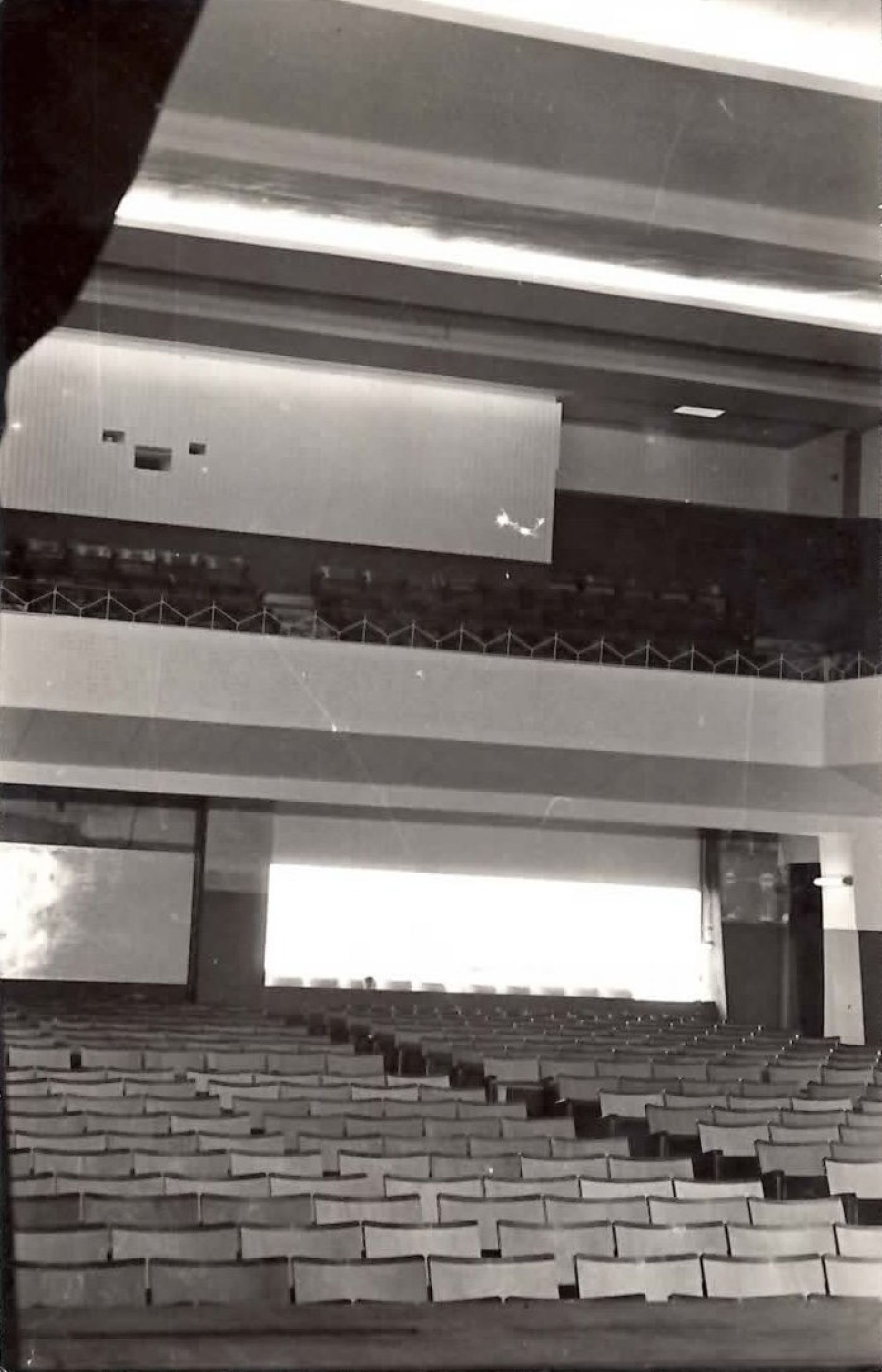
The relationship between the inside and the outside of the room was established through a long window, behind the last bench, which was opened, in the hot months, for seeing the films from the panoramic terrace. The movement image in the 'cave' in front, the Mediterranean buzzing in the background.
Until the early 80s the theatre was successfully exploited by the Mele family and was leased afterwards to two individuals. The last tenant was one 'Pino Imineo,' who programmed everything from popular movies to magic shows and, in the final years, erotic and pornographic movies.
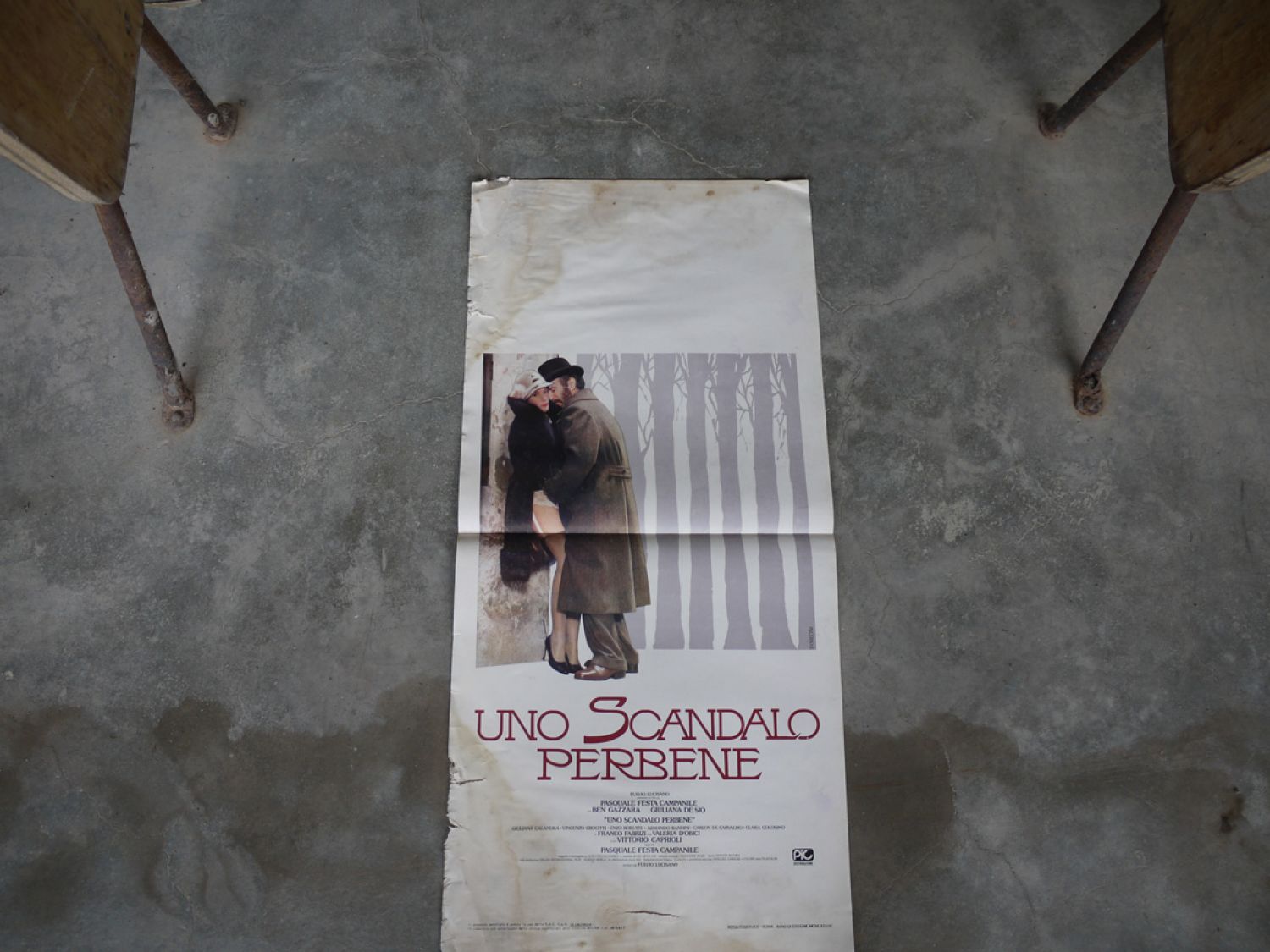
The cinema closed in 1993 due to low profits and new Health and Safety regulations for this type of spaces. This, added to a height in television entertainment, marked the decline and the closure of this and other movie theatres across Italy.
ECMA – Ex Cinema Mele Aperto
Closed for 20 years, the Cinema endured the erosion of the nights. The commonplace story of a heritage split between family members with different views and interests in the use or abandonment of the space. In 2013, Giuseppe Mele, artist and grandson of the founder of the cinema theatre, began working on the building and gradually, and with personal investment, began to create the conditions to foster artistic projects - residencies, workshops, band recordings – following a non-institutional logic where the priority was given to the quality of the meetings.
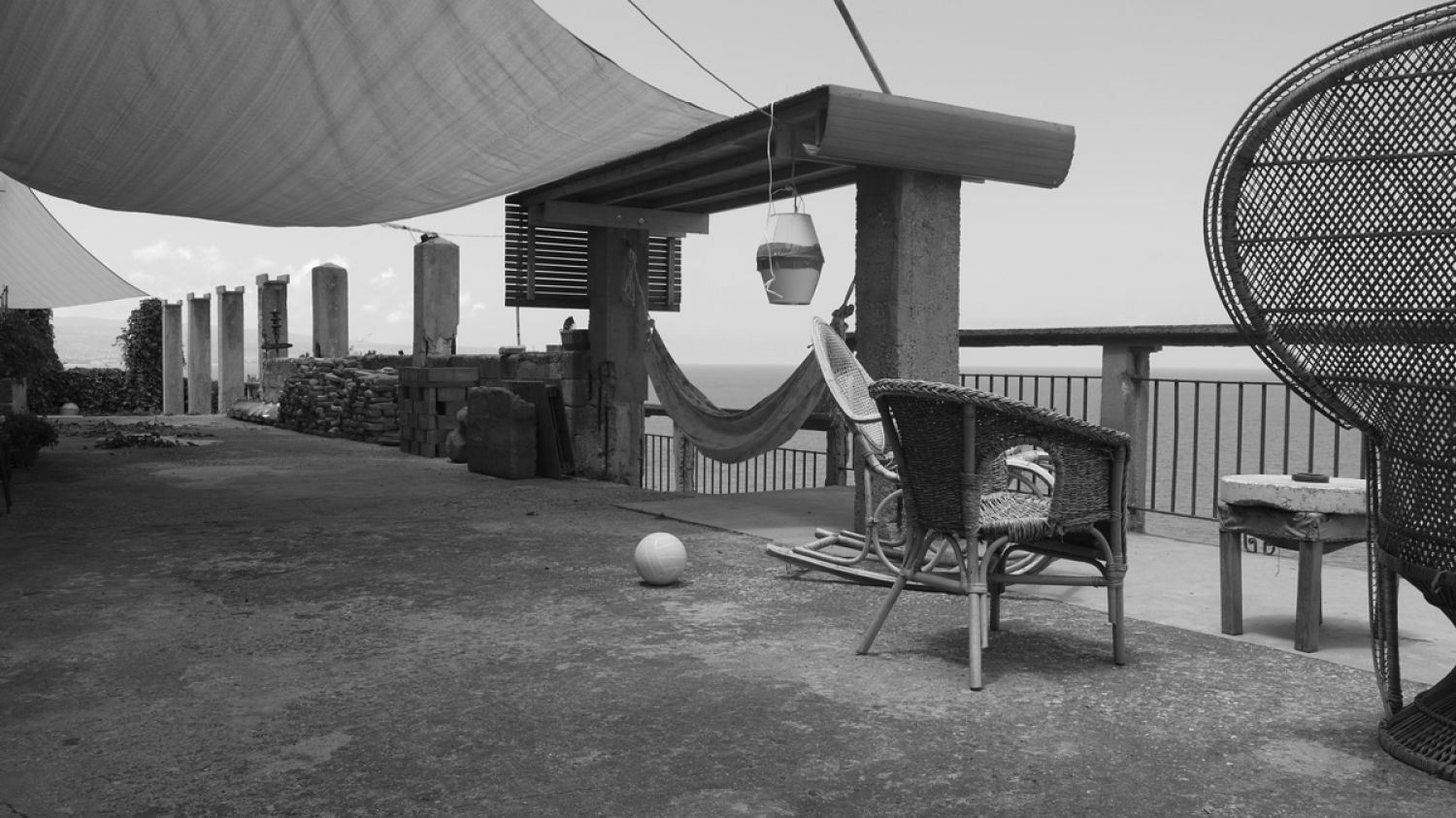
«It’s weird. I am in a film theatre and I do not screen a single film. This creates a kind of anxiety. In a way, I think that the film theatre itself is the movie and I am in it.» Tells us Giuseppe, who is the sculptor of the giant installation and invisible theatre, that the film theatre has since become after his arrival. Here all intervention is personal, from the sculptures that inhabit the space, to the design and construction of the new windows, to the wooden benches of the open kitchen installed in the foyer, where, in the past, the audience waited.
Under the Roman arches, behind the screen, there are about 50 cheeses curing. When the orange light sheds on them you see a movie, to the naked eye, of a single stagnant image but one that is in itself moving. Giuseppe has been investing his savings in the 'empty' cinema through a business selling regional products of Calabria (de Calabria) at the Borough Market in London. So, very objectively, it is the olive oil and cheese that enable the inhabitation of the cinema with ideas. And in the case of the town of Pizzo, at present, there is not a single cultural unit that contributes to the formation or alternative discourse through the arts. At the same time, in a city that lives a peak of seaside tourism 20 days per year, Giuseppe has the task of acting alone in a context where the prejudices against any kind of libertarian view of the individual are present. The current use of the space by groups of international artists, open to the involvement of individuals from the local population, marks a new era for the cinema as an interdisciplinary space for meeting / discussion of ideas and ways of accessing the world. The last reels still amassed in the projection room, the machine burnt, the empty cinema regained its aura through a use of the space that is not so dependent on light.
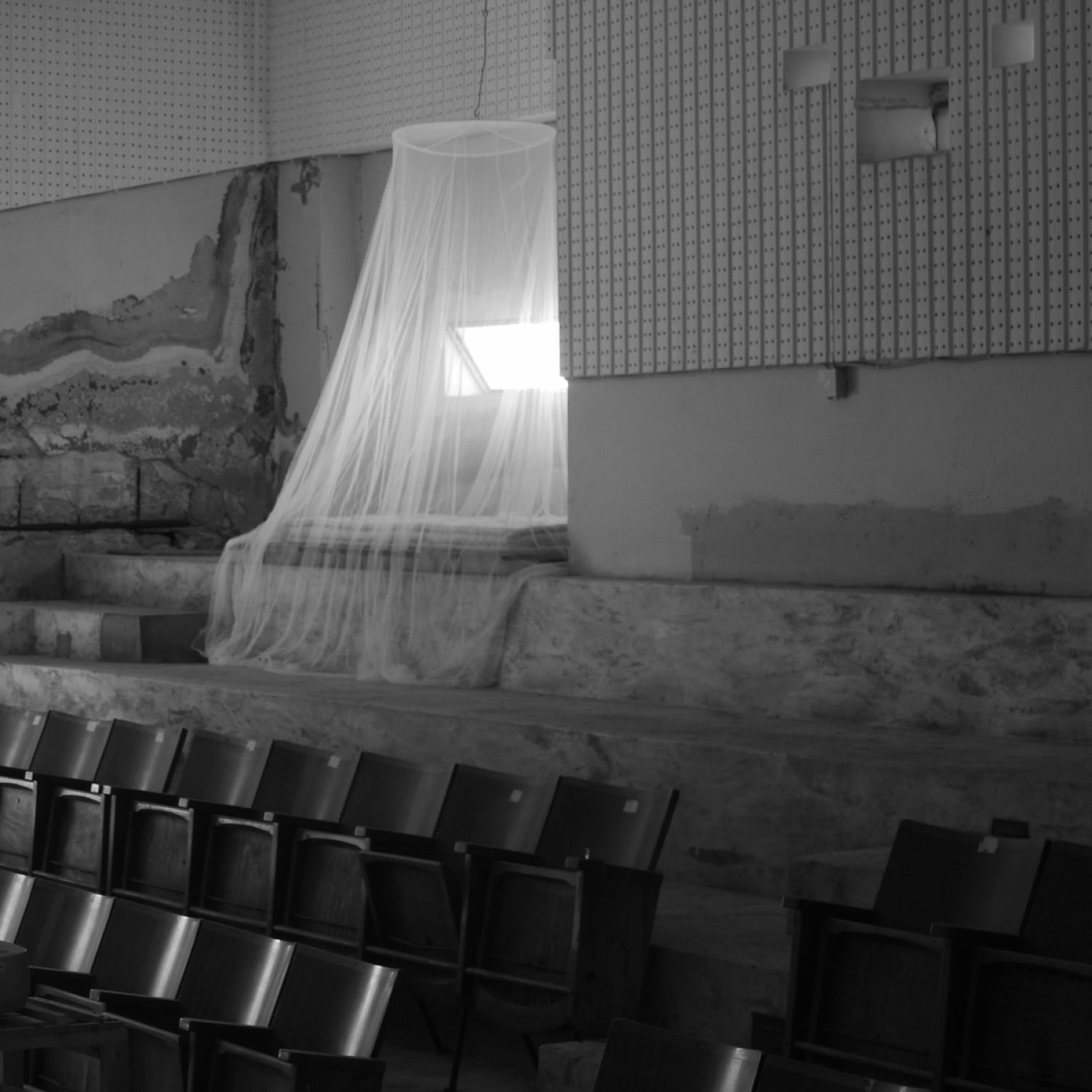
The building's fate will depend a lot on the sensitivity of the heirs, of the municipality and of possible funding for its restructuring. So far the efforts have been focused on the essence of the place. A work from the outside-in. The full restoration of the building itself is too costly at present. In the coming months, the important thing will be to provisionally isolate the roof above the auditorium, so that it stands the next winters, and to continue to use the cinema as a meeting place.
We only want the intangible starts from the intangibility imprinted in this cinema, from Giuseppe’s determination to maintain the aura of the place, and from the movement of those who remain in a spot where the body present is itself the film.


